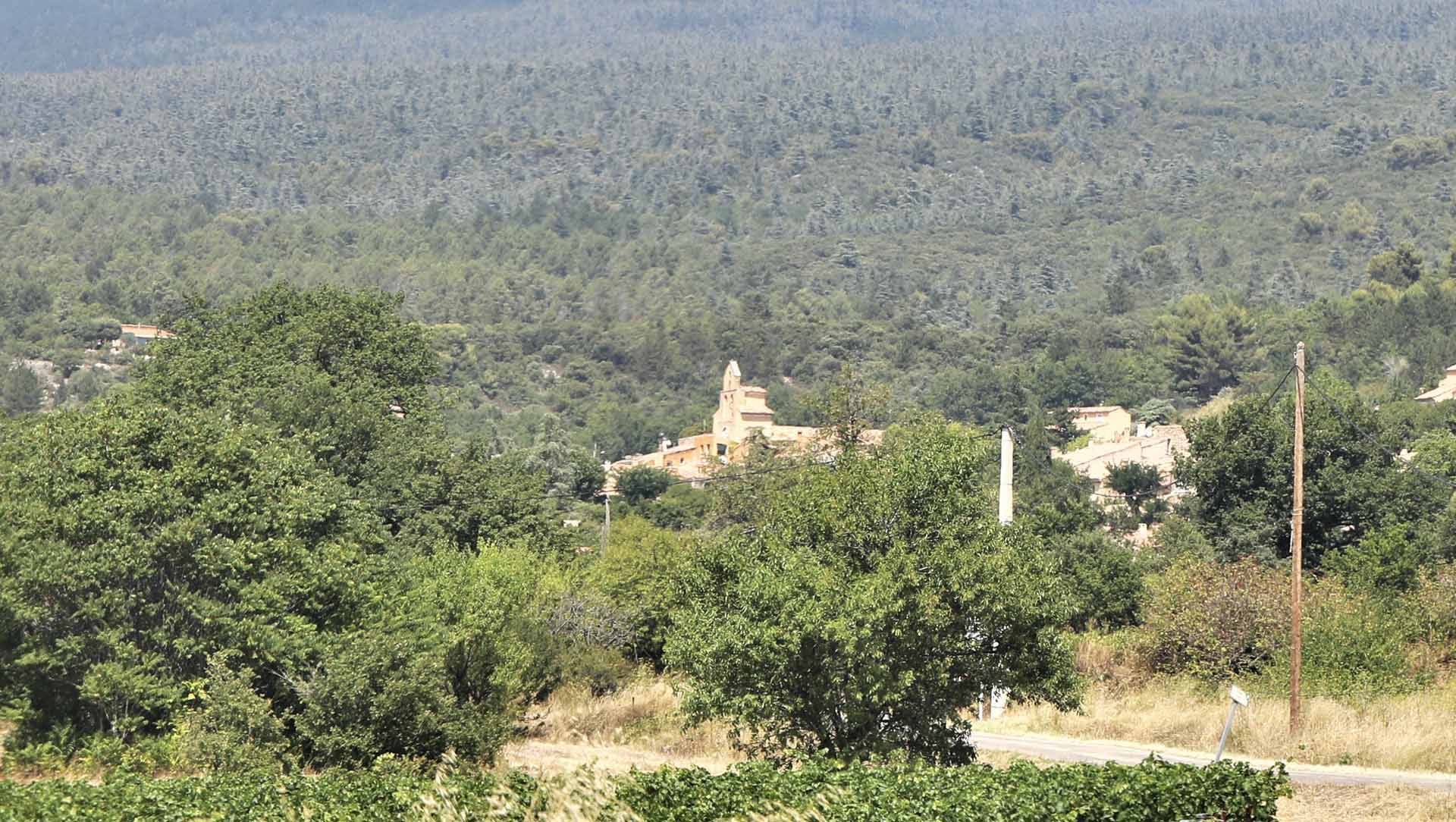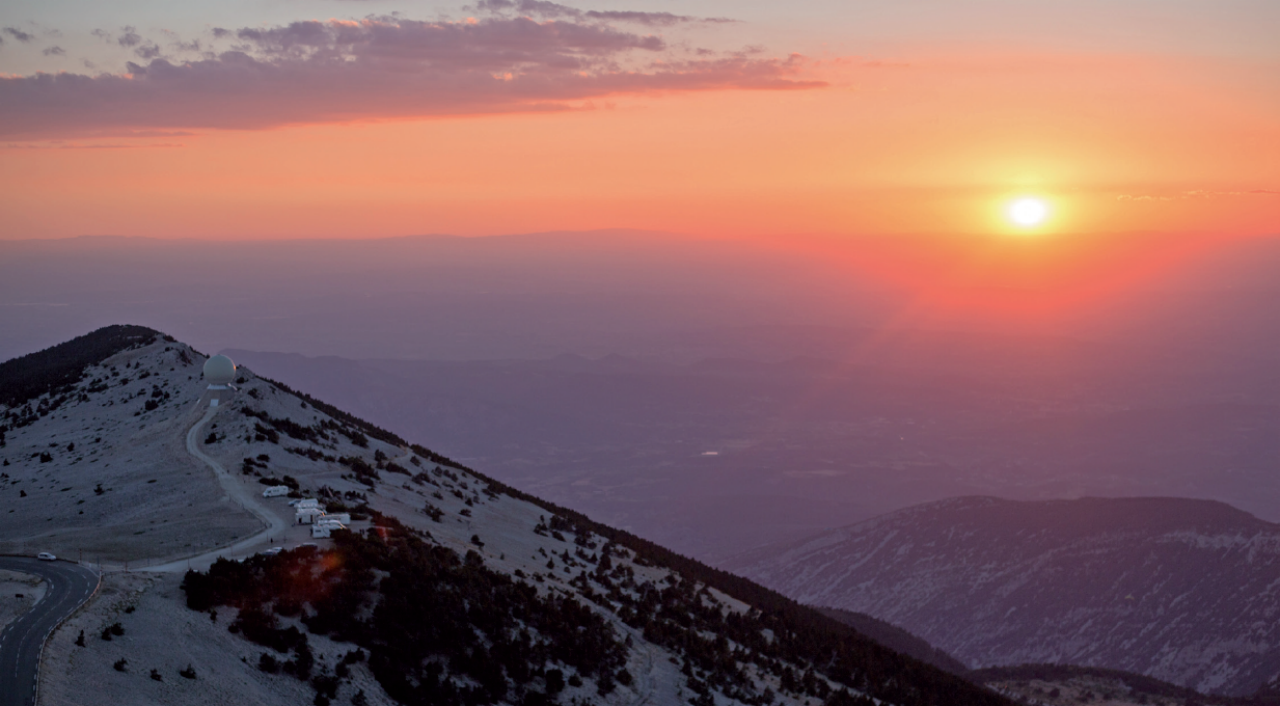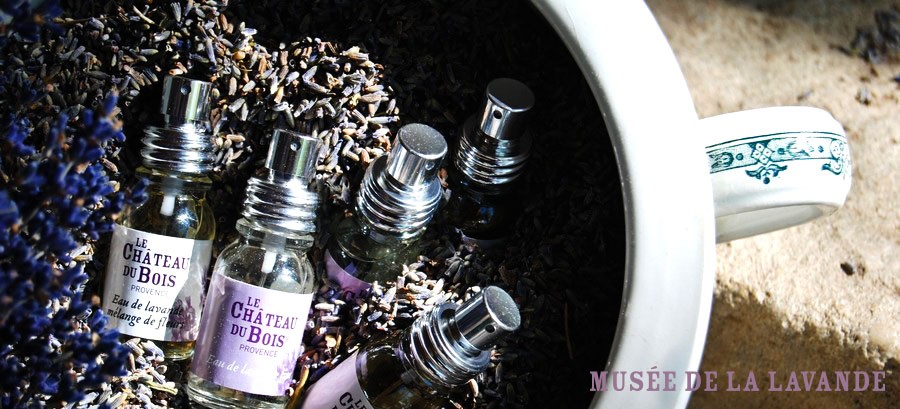The cedars' forest in Bonnieux, at the top of the Little Luberon Mountain
Bonnieux #Sport et loisirs, #Tourisme,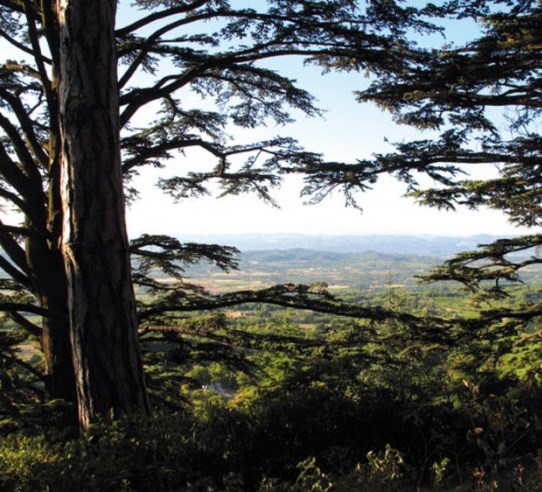
The Cedars Luberon
From 1861, with seeds from the Middle Atlas Algerian, the Atlas cedar were planted throughout the region without major means, aided by some convinced foresters helped by local people from the villages of Bonnieux, Lacoste and Menerbes.
The cedar forests of Bonnieux
The first mature trees began to recur in 1920; these cedars second generation aged between 65 and 75 occupied the spaces left by their elders.
Around 1930, there was 60 acres of cedars. However the most important extension of the cedar forest occurred after the catastrophic fire of 1952, which destroyed thousands of hectares, only the heart of the cedar forest escaped from it. After a few years, it has been observed that natural cedar seedlings settled on a large extend of land, thanks to the nakedness of the land and the great power of regeneration of this species. Therefore the third generation of solid cedars is between 40 and 45 years old.
At present, the cedar forest spreads over 250 hectares, divided between the towns of Bonnieux, Lacoste and Menerbes on the eastern part of the plateau five kilometers along the track peaks.
In reality, cedars only find here a habitat that had previously held. Pollen analyzes in sediments revealed its existence in Provence as in the whole of the Mediterranean area 20,000 years BCE. We can say that this was the great glaciation that affected our continent that rejected the area of cedar in North Africa and the Middle East.
Consequences of the development of the cedar
The centenary cedar has significantly improved the quality of the soil and the density of its foliage, helped in its undergrowth a micro climate and humid. These two factors together have led to the installation of shrubs. Normally it is found in the cooler areas, and even beech mountain ( honeysuckle , ivy , rose hips ... ) found a suitable soil. However the development of cedars, allow in certain locations, with a fairly high density and the pervasive presence of boxwood, a slowdown in growth of tree species and seasonal herbaceous species (flowers).
In the clearings of the cedar forest, there are many rare and protected species. Picking them is prohibited. The common fungi in calcareous soils abound in years when rainfall is favorable, two highly esteemed species are associated with cedar and have been introduced to him, " the giant Cortinaire " and " tricholome cedars " ( it’s edible ).
Distinctive Cedar
It should emphasize the importance of the cedar forest tree as:
- By its irregular shape, its majestic harbor, various colors, he composes landscapes of great beauty.
- Thanks to its dense foliage, its cool temperate undergrowth are a favorite place to stroll and are very popular with visitors.
- Of all the species that spread the Mediterranean forests, cedar is less flammable: advantage which should lead to support its expansion and be careful at the time of planting.
- The wood, although still little known and little appreciated, is of high quality: dense, rot-proof, colorful, fragrant.
It can be used in carpentry, joinery and even cabinetry. It can also be rotated and provide decorative objects. It is known to be resistant to insect attacks. Beyond its ecological and economic interest, cedar has always been a great respect for ancient peoples mythical tree was a symbol of immortality. Today, it is sacred in several religions.

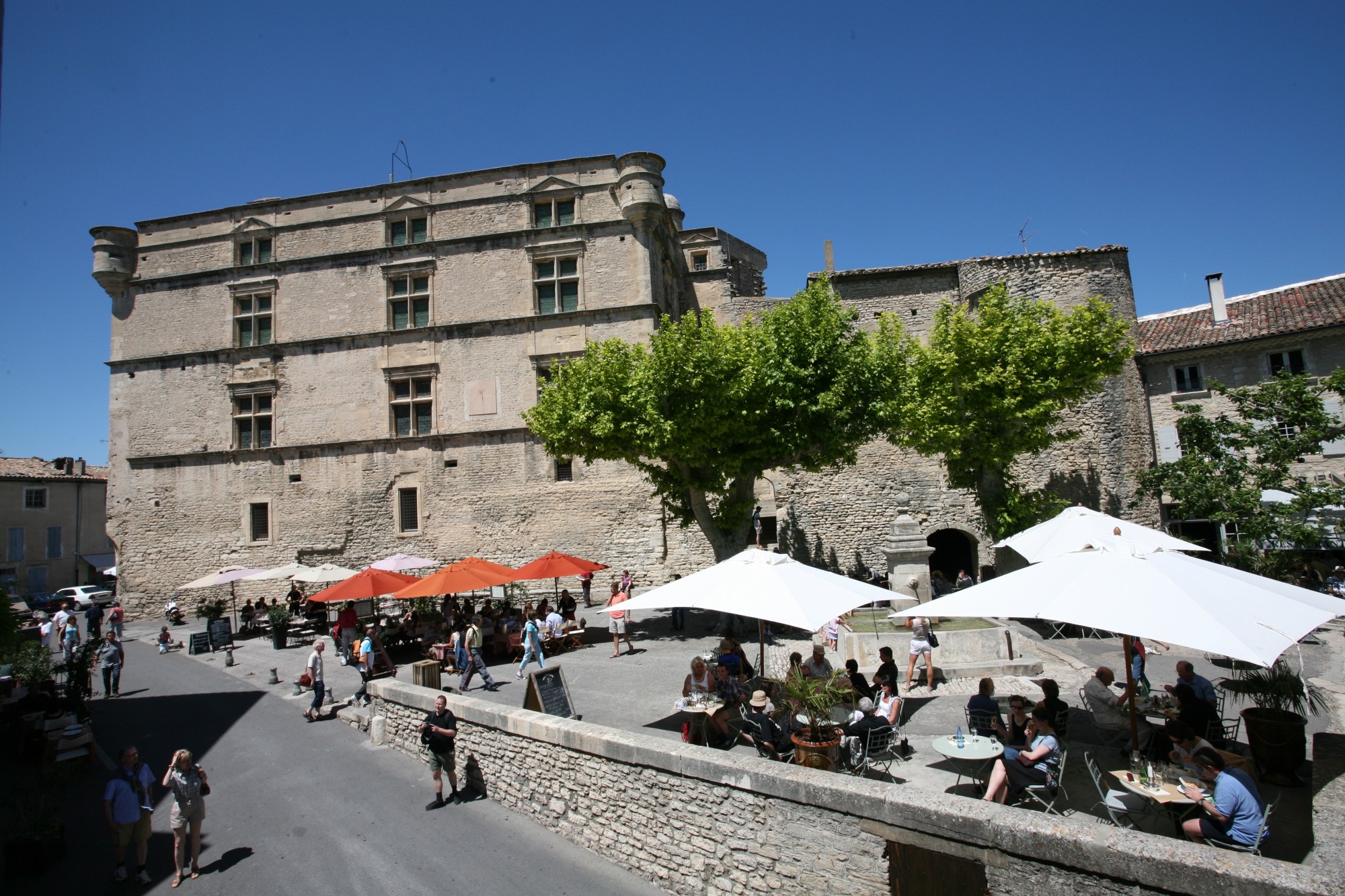
- Rosier Real Estate
- Place du Château
84220 GORDES
France




